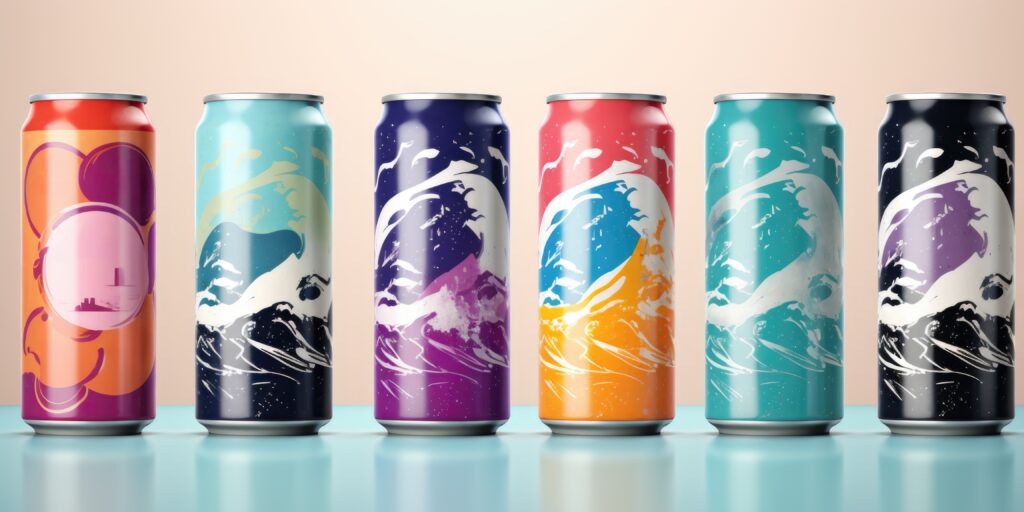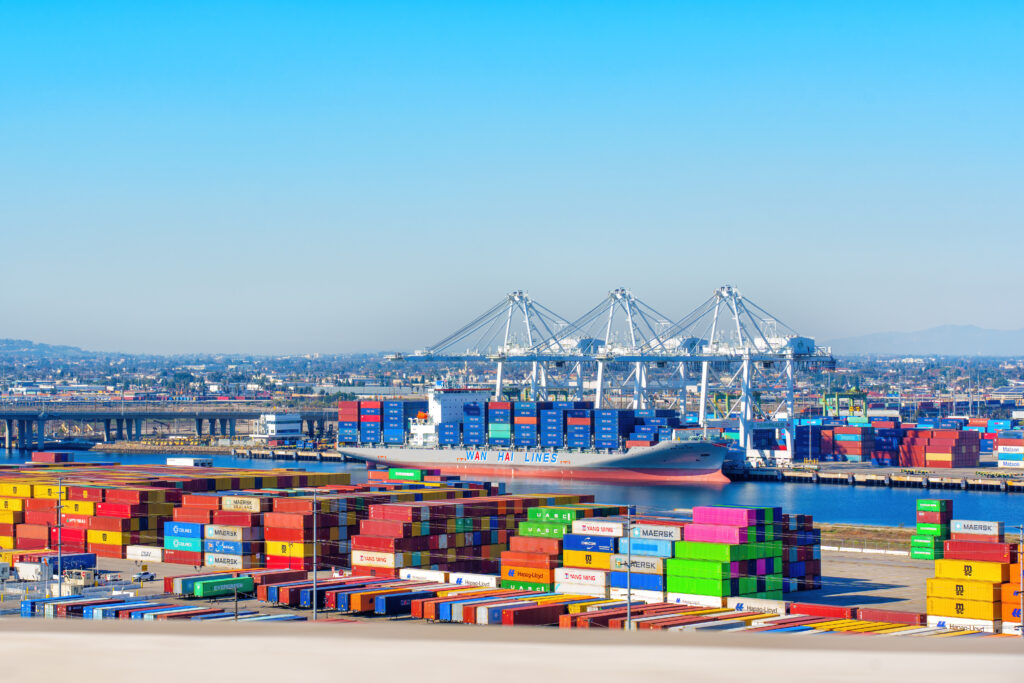A Beginner’s Guide to International Commercial Terms (Incoterms)

If you’re in the business of making or selling products internationally, you might have heard of Incoterms. But what are they? And how can factories and brands use them to make trade smoother and avoid costly misunderstandings? We’ll break it down for you here.
What Are Incoterms?
Incoterms, short for International Commercial Terms, are a set of standardized rules created by the International Chamber of Commerce (ICC). They define the responsibilities of buyers and sellers in international trade, covering key questions like:
- Who is responsible for shipping costs?
- Who takes care of insurance?
- Who handles customs paperwork?
- When does the risk transfer from the seller to the buyer?
There are 11 Incoterms in total, each represented by a three-letter code, like FOB or CIF. These terms set clear rules about who does what, helping to avoid confusion and disputes in global trade.
Why Are Incoterms Important?
For both factories and brands, Incoterms simplify the logistics of international trade. They:
- Avoid Miscommunication: Everyone knows their responsibilities from the start.
- Save Time: You won’t waste weeks figuring out shipping terms.
- Prevent Extra Costs: Clear terms ensure you’re not stuck paying for unexpected expenses.
- Build Trust: Transparency makes it easier to build lasting partnerships.
Without Incoterms, you might argue over who should pay for freight, cover damages, or file customs documents.
For Factories:
Factories often focus on production, but knowing Incoterms helps you:
- Clarify when your responsibility ends (e.g., at your factory gate or at the port).
- Price your products correctly, factoring in shipping and insurance if needed.
- Strengthen relationships with brands by providing professional and clear terms.
For Brands:
As a buyer, understanding Incoterms ensures you:
- Know what’s included in the price (e.g., does it include freight or customs fees?).
- Avoid surprises in shipping costs or delays.
- Protect your goods with the right insurance.
Breaking Down the Most Common Incoterms
Here are the most common Incoterms:
1. EXW (Ex Works)
- Who pays for shipping? The buyer.
- Seller’s responsibility ends: At their factory or warehouse.
- Great for factories, since buyers handle everything from pickup to final delivery.
2. FOB (Free on Board)
- Who pays for shipping? The seller gets goods to the port; the buyer handles the rest.
- Risk transfers: When goods are loaded onto the ship.
- Common for sea freight and a good balance of responsibility.
3. CIF (Cost, Insurance, and Freight)
- Who pays for shipping? The seller pays for freight and insurance to the destination port.
- Risk transfers: When goods are loaded onto the ship.
- Convenient for buyers, since it covers shipping and insurance.
4. DAP (Delivered at Place)
- Who pays for shipping? The seller pays to deliver goods to the buyer’s location.
- Risk transfers: Upon delivery.
- Best for brands, as the seller handles most of the logistics.
5. DDP (Delivered Duty Paid)
- Who pays for everything? The seller handles shipping, duties, and taxes.
- Risk transfers: Upon delivery.
- Most hassle-free for buyers, but requires factories to handle a lot.
How to Use Incoterms
- Choose the Right Term: Decide who handles shipping, insurance, and customs based on your capabilities and needs.
- Include It in Your Contract: Write the chosen Incoterm (e.g., "FOB Shanghai") into the sales agreement.
- Communicate Clearly: Make sure both parties understand their responsibilities.
- Stay Updated: Incoterms are updated every 10 years (the current version is Incoterms 2020), so keep up with changes.
Common Incoterm Mistakes to Avoid
- Agreeing to the Wrong Terms: Agree to terms that match your experience. For example, factories new to exports might avoid DDP, as it involves handling foreign customs and taxes.
- Ignoring Risk Transfer: Know when the risk passes to the buyer, so you’re not blamed for damages that aren’t your fault.
- Paper Trail in Writing: Don’t rely on verbal agreements—always specify Incoterms in writing.
Incoterms are a Universal Trade Language
Incoterms are like a universal trade language, making international business smoother and less risky for everyone involved. Whether you’re a factory shipping goods to brands overseas or a brand importing products, understanding and using Incoterms can save you time, money, and headaches.
More blogs


